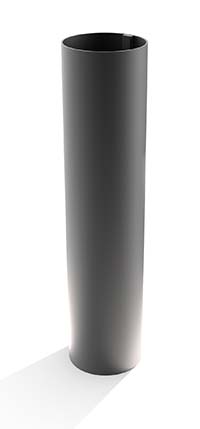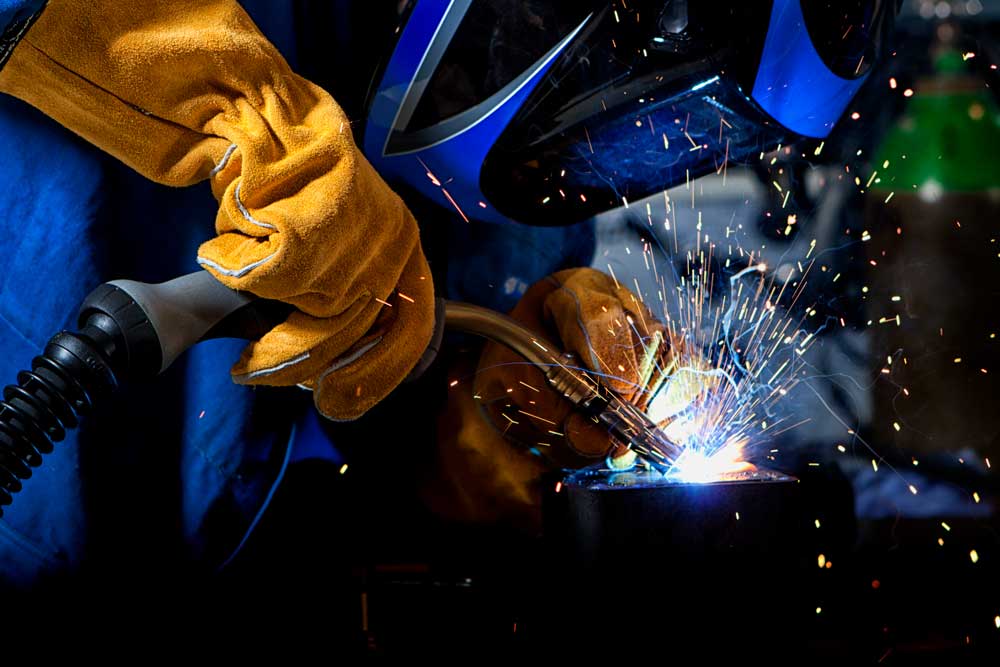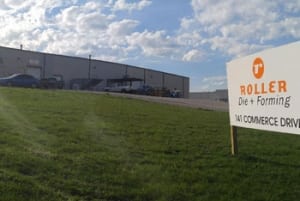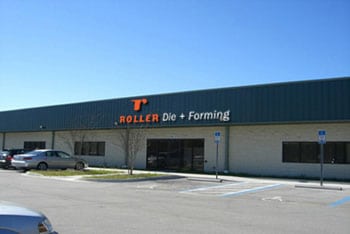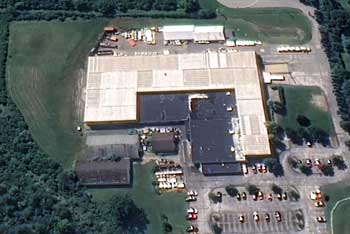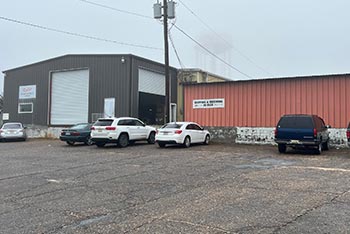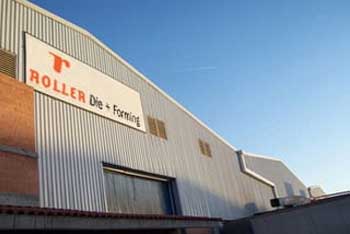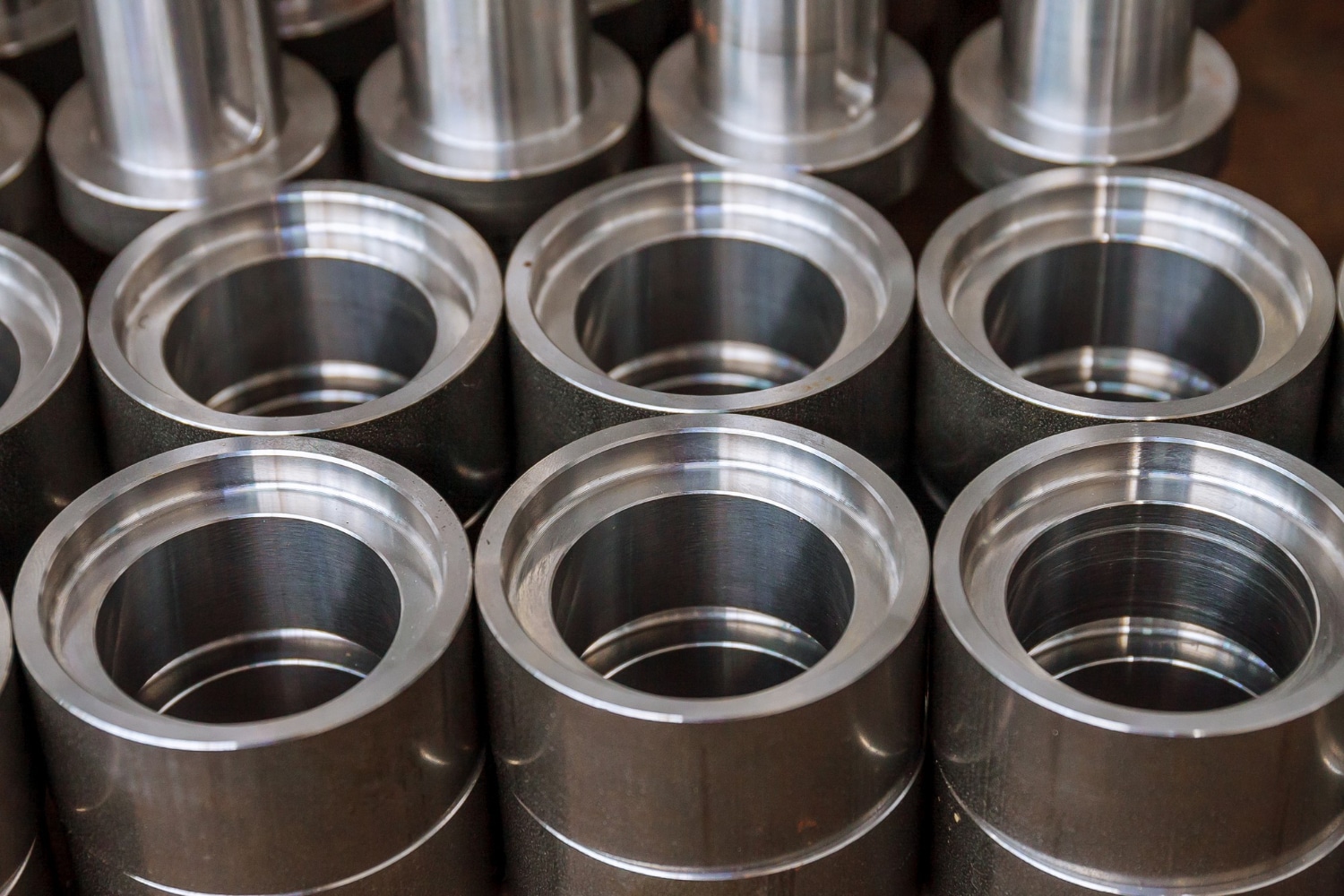Custom roll formed parts offer incredible benefits for a variety of industries. From automotive to construction, these parts provide strength, precision, and cost savings. Roll forming is a continuous bending operation, allowing for high-volume production of complex shapes with high dimensional accuracy. This process can handle both ferrous and non-ferrous metals, making it versatile for different applications.
One of the main advantages of roll formed parts is their customizability. Manufacturers can tailor these parts to meet specific requirements, whether you need unique shapes, precise lengths, or specific material properties. This flexibility makes roll formed parts highly desirable for specialized projects. Better yet, customizing these parts doesn’t mean sacrificing quality. In fact, the roll forming process ensures that each piece is consistent and meets high-quality standards.
Using custom roll formed parts can lead to significant cost savings. High-speed production reduces labor costs, and the efficient use of materials minimizes waste. These savings can be passed on to customers or reinvested into other areas of the business. With advancements in technology and an increasing focus on sustainability, now is a perfect time to explore how custom roll formed parts can benefit your operations. Whether you’re looking to improve efficiency, reduce costs, or meet environmental standards, custom roll formed parts offer smart solutions.
Benefits of Custom Roll Formed Parts
Custom roll formed parts provide many benefits that make them a smart choice for manufacturers. One of the key advantages is precision. The roll forming process ensures that each part is made to exact specifications with consistent quality. This high level of accuracy means fewer defects and less waste, saving both time and money.
Another benefit is material efficiency. Roll forming allows for continuous production, meaning you can create long lengths of parts with minimal material wastage. This efficiency is particularly useful for high-volume production runs. Additionally, custom roll formed parts can be made from various metals, including aluminum, steel, and copper, offering versatility to match your project’s needs.
Customizability is another strong point. You can specify unique shapes, lengths, and features to suit specific requirements. This flexibility allows for innovative designs that might be difficult or impossible to achieve with standard parts. Whether you need complex profiles or simple shapes, custom roll forming can deliver.
Understanding the Roll Forming Process
To appreciate the benefits of custom roll formed parts, it’s important to understand the roll forming process. Roll forming is a continuous bending process where a long strip of metal passes through sequential sets of rollers. Each set of rollers makes incremental changes, gradually forming the metal into the desired shape.
The process starts with a metal coil or strip. As the material moves through the rollers, it’s shaped through multiple stages until it reaches the final form. This method is highly efficient and can produce parts at an impressive speed.
Roll forming is ideal for producing long lengths of complex profiles. The continuous nature of the process means that you can achieve a high volume of parts with exceptional consistency. This makes roll forming a cost-effective solution for many industries, as it minimizes labor and material costs while maximizing production efficiency.
Applications in the Automotive Industry
The automotive industry benefits greatly from custom roll formed parts. These parts are used in a variety of applications, from structural components to decorative trim. For example, roll formed parts are often used in the frames and chassis of vehicles due to their strength and durability.
Roll formed parts also find applications in bumpers, window frames, and roof supports. The precision and consistency of the roll forming process ensure that each part fits perfectly, which is crucial for safety and performance in automotive applications.
Moreover, the ability to customize these parts means that they can be designed to meet specific aerodynamic or aesthetic requirements. This flexibility allows automotive manufacturers to achieve innovative designs while maintaining high standards of quality and safety.
Uses in the Construction Sector
In the construction sector, custom roll formed parts are indispensable. They are used in a wide range of applications, from building frameworks to roofing and siding. The strength and durability of roll formed parts make them ideal for structural components that need to withstand heavy loads and harsh conditions.
One common use is in steel framing for commercial buildings. These roll formed steel components provide stability and support, ensuring the structural integrity of the building. Another application is in roofing, where roll formed metal panels offer excellent protection against the elements.
Roll formed parts are also used in window and door frames, providing both structural support and aesthetic appeal. The ability to produce long lengths of consistent profiles means fewer joints and seams, which translates to a cleaner look and improved performance. With custom roll formed parts, you can ensure that your construction projects are both functional and visually appealing.
Advantages for the HVAC Industry
The HVAC industry gains numerous benefits from custom roll formed parts. These parts are often used in the construction of ducts, vents, and other air handling components. The precision of roll formed parts ensures that the ductwork fits together seamlessly, which is crucial for efficient airflow and temperature regulation.
Custom roll formed parts also help in creating durable and efficient HVAC systems. The strength of these metal parts ensures longevity and resistance to wear and tear, reducing the need for frequent replacements. This durability is especially important in HVAC systems, which often operate under demanding conditions.
Moreover, the ability to customize these parts means they can be tailored to fit specific HVAC designs. Whether you need unique sizes, shapes, or features, custom roll formed parts can meet those requirements. This flexibility allows HVAC manufacturers to design systems that are both effective and efficient.
Customization Options for Roll Formed Parts
Customization is a significant advantage of roll formed parts. Here are some of the options available:
1. Shapes: Different profile shapes can be produced, from simple channels to complex cross-sections.
2. Lengths: Continuous production allows for parts of virtually any length.
3. Materials: Roll formed parts can be made from various metals, including steel, aluminum, and copper.
4. Finishes: Protective coatings or finishes can be applied for added durability or aesthetic appeal.
5. Additional Features: Holes, slots, and notches can be integrated during the roll forming process.
These customization options allow you to create parts that are perfectly suited to your needs. Whether you’re working on a complex project or a straightforward one, custom roll formed parts offer the flexibility to achieve your goals.
How to Choose the Right Materials for Roll Forming
Choosing the right material for roll forming is crucial for the success of your project. Here are some factors to consider:
1. Strength Requirements: Different metals offer different levels of strength. Steel is strong and durable, while aluminum is lighter but still offers good strength.
2. Corrosion Resistance: If your parts will be exposed to the elements, consider materials like stainless steel or aluminum, which resist rust and corrosion.
3. Cost: Material costs can vary significantly. While some metals may be more expensive upfront, they could offer long-term savings through durability and reduced maintenance.
4. Weight: For applications where weight is a primary concern, such as in the automotive or aerospace industries, aluminum may be a better choice due to its lighter weight.
5. Aesthetic Requirements: Some projects may require a specific look. Metals like stainless steel offer a sleek, modern appearance, while copper can provide a more traditional look.
By carefully considering these factors, you can choose the best material for your roll forming project, ensuring that your parts perform well and meet your specific needs.
Design Tips for Efficient Roll Formed Parts
Designing roll formed parts efficiently can save you time and money. Here are some tips:
1. Consistent Dimensions: Ensure that dimensions are consistent throughout the design. This consistency makes the roll forming process smoother and more efficient.
2. Allow for Tolerances: Always include tolerances in your design specifications. These tolerances will help accommodate any minor variations during the roll forming process.
5. Plan for Material Handling: Consider how the material will be handled during production. Efficient handling can reduce waste and improve production speed.
By following these design tips, you can create roll formed parts that are efficient to produce and perform well in their intended applications. Efficient design not only saves resources but also ensures better quality and consistency in the final product.
Sustainable Practices in Roll Forming
Sustainability is a growing concern in the manufacturing industry. Roll forming can contribute to greener practices through several methods:
1. Material Efficiency: Roll forming maximizes material usage, reducing waste and conserving resources.
2. Energy Savings: The continuous nature of roll forming is more energy-efficient compared to other methods. The process requires less energy and reduces the carbon footprint.
3. Recycling: Metals used in roll forming, like steel and aluminum, are highly recyclable. Scrap material can be re-melted and reused, further reducing waste.
4. Eco-Friendly Coatings: Using environmentally friendly coatings and finishes can enhance the sustainability of roll formed parts. These coatings protect the metal without harmful chemicals.
Adopting these sustainable practices not only helps the environment but can also improve your company’s reputation and bottom line.
Cost Efficiency of Custom Roll Formed Parts
Custom roll formed parts offer significant cost advantages. Here are some reasons why:
1. Material Savings: Roll forming uses materials efficiently, which minimizes waste and reduces costs.
2. Reduced Labor Costs: The automated nature of roll forming means less manual labor is required, saving on labor costs.
3. High Volume Production: Roll forming is ideal for high volume production runs, which means lower costs per unit.
4. Less Downtime: The consistency and precision of roll formed parts mean less downtime due to defects or rework.
These cost efficiencies make custom roll formed parts a smart investment for manufacturers, offering a high-quality product at a lower overall cost.
Future Trends in Roll Formed Parts
The future of roll formed parts is promising, with several trends to watch:
1. Automation: Increased automation will improve efficiency and reduce costs. Advanced robotics and AI can further streamline the roll forming process.
2. Smart Manufacturing: Integration with IoT (Internet of Things) will allow for real-time monitoring and adjustments, increasing precision and reducing waste.
3. Sustainable Materials: The use of more sustainable and eco-friendly materials will become more common, aligning with global sustainability goals.
4. Customization: Advances in technology will allow for greater customization options, meeting more specific needs and applications.
These trends will shape the future of roll forming, making it an even more valuable process for manufacturers.
Conclusion
Custom roll formed parts are vital in various industries, offering precision, efficiency, and sustainability. From automotive to construction, HVAC to general manufacturing, the benefits are clear. By understanding the process, selecting the right materials, and integrating these parts into your system, you can enhance your operations.
Future trends point to even more exciting developments in roll forming, from increased automation to sustainable practices. These changes will continue to improve the industry, offering more cost-effective and environmentally friendly solutions.
If you’re ready to experience the benefits of custom roll form, Roller Die + Forming is here to help. Our expertise and commitment to quality ensure you get the best parts for your needs. Contact us today to learn more about how we can support your projects with our high-quality custom roll formed products.

